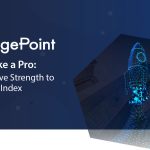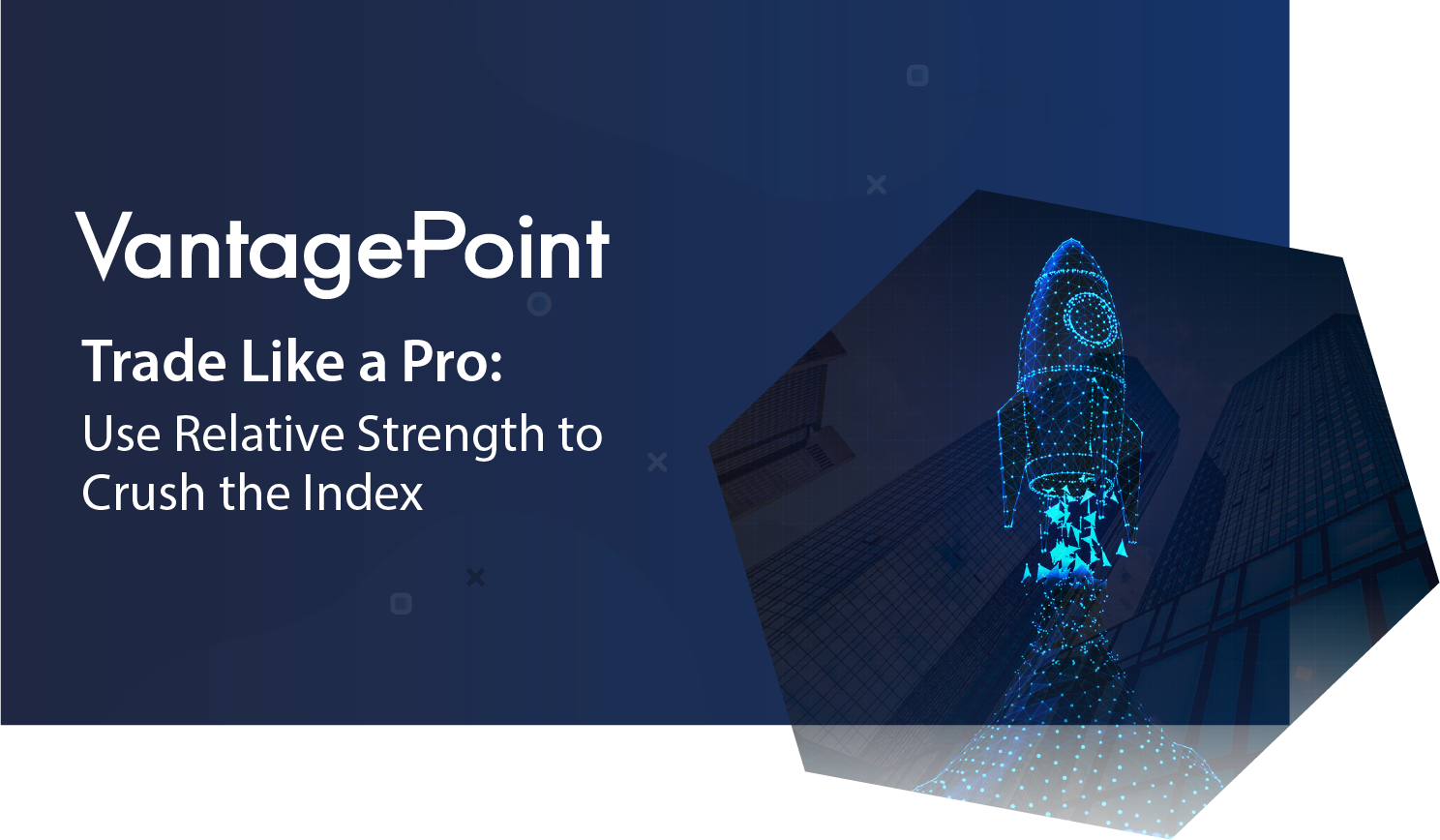Achieving trading success is not easy. If it were, everyone would be doing it.
Many have tried and failed because they thought it would easy. All you have to do is pay for a sure thing newsletter, follow a trading guru, or listen to your Uncle Harry who has been making money for years….. Right?
WRONG!
The truth is that achieving trading success comes with hard work, education, self-analysis, and getting yourself set up with sophisticated market analysis software.
If you follow this path, you change the odds from probable losses to probable gains. True, you will lose on trades. It is inevitable as everyone loses on trades. But with a smart strategy, you’re setting yourself up for greater success.
Simply put, achieving trading success is about winning more than you lose. This means mastering 3 key things: know your risk, build a bank and pick good trades.
Step 1. Create a Risk Profile
When new traders begin trading, one question that always arises is: how much money goes into a trade? The answer to this depends on many variables, not the least of which is your personality, and your personality is the single largest factor that affects your trading choices.
Within the vast framework of personality, there is one piece that traders struggle with more than any other, and that is greed. And tucked away with greed is one more piece framed in the context of fear; risk tolerance. How much risk are you willing to take? Knowing your risk tolerance is what leads to your risk profile, a set of rules you agree to follow so that you can evolve into a successful trader.
What guidelines should traders follow when creating a risk profile?
- Never bet on a single trade more than you can afford to lose.
- Stay Alive. Live to trade another day.
- Cut your losses.
There is more to understanding your risk tolerance and creating a risk profile, but then the discussion goes deep into the weeds of psychology. In the end, you truly have to understand and face who you are, how much greed goes into picking your trades, how you react to monetary loss, and if you are willing to accept failure.
Step 2. Go Small To Build Bank
Once you have firmly established in your mind your risk profile, take that frame and wrap it around another solid trading notion – go small to build your bank.
There are two parts to this plan. The first is that if you want to understand your risk tolerance and/or test your risk profile you’ll need to find good trades, set them up, and execute them, but bet as little money as you can.
- It teaches you about how you feel about losing money, and you can build your profile on those feelings.
- It teaches you about how to stay committed to your trade set up.
- It gives you a safe opportunity to define, refine, and otherwise build both your overall risk profile and a comfortable trading plan.
The second and more rewarding part of this plan is to build upon your successes. Yes, you will learn about your risk tolerances and you will better define your risk profile. But more than that, if you are good at trading, you will begin building your bank. When you do that, the bonus is you begin to build your confidence. It is hard to understate or to underestimate the value of confidence when trading.
So, as you learn about you, and as your confidence grows, up the ante slowly. Bet more on each trade, and keep betting more (slowly) all the way to the risk limits you have clearly defined.
The goal is to win more than you lose, but if you have your trading strategy down, you will see that happening. And if it is happening, then the other cool thing you will see is your bank growing.
Step 3. Pick Good Trades
Okay, so picking good trades is at the heart of all trading success, but how does a trader do that exactly? Well, there are two paths to accomplishing this.
- Understanding how the market works.
- Pay attention to fundamentals
- Learning to use smart software.
Why the Market Does What It Does
Trying to explain market behavior is like trying to explain how water flows in a flood; water seeks its own level.
Like water, the market also seeks its own level. Put another way, it seeks to balance the buy/sell forces against the economic/market fundamentals. Now, throw on top of that the irrationality of fear and you can see things start to get crazy.
In the market, when fear becomes the driving force, people run, often making irrational decisions about buying/selling as they escape what they fear. It is the same in a flood. People abandon positions without thought.
Both situations can lead to a herd mentality. And this is what every trader is up against; the market suddenly and swiftly running from the impending flood. When you take a trade and The President negatively tweets about the company involved in your trade, what can you do?
If you have done your work of understanding your market, and the conditions upon which you built the trade, then the answer is “nothing.” You let the setup do what it is supposed to do, and if you get taken out unnecessarily, accept that, but do not give up. If your trade is a good one, it will bounce back.
Pay Attention To The Fundamentals
The market can be irrational, as much as it can be rational, so understanding both the economic and market fundamentals can go a long way.
Economic Fundamentals
Economic fundamentals drive the overall market and markets within the market, but not always. In a rational world, realities such as corporate earnings would be enough. But there is so much more to market movement than economics. Nevertheless, when you are looking for trades, it is good practice to ascertain tradeable sectors and tradeable markets with a sector based on economic fundamentals.
Track the economic fundamentals via reliable sources. Understand, there are myriad unreliable sources out there. Lots of talking heads, analysts, CEOs, and celebrity economists have an agenda. If you truly want to understand the influence of economics on the market (sans presidential tweets, unexpected global events, or the hammering of bad news), look to the economic fundamentals. Sources like corporate earnings, P/E ratios, housing stats, unemployment, retail sales, consumer trends, manufacturing outputs, and auto sales, to name a few
Market Fundamentals
The forces that move the markets outside of the influence economic fundamentals are the market fundamentals. Global events, for-profit news, US politics, geopolitics, and technical trading are the biggies. Of these, the technical analysis underlying technical trading is one of the most consistent and powerful influences in market movement. A good portion of the swift and sudden movement in the market is from technical trading; traders using software to predict market movement based on patterns.
Utilize Smart Software
You want a tool that understands the reality of today’s market. It is global, interconnected, and information driven. Now, here is the kicker. The information part is critical because we are in a world where the happenings in one market are instantly known to another market, which then ripples across other interconnected markets. This is Intermarket Analysis.
Software that works on single-market analysis is not current with the reality of today’s world. Markets do not operate independently. Each is influenced by interconnected markets, and to find good trades good software must use Intermarket Analysis.
VantagePoint Software has been helping more than 25,000 traders since 1991. Achieving trading success is much more likely with this software that uses Artificial Intelligence and Intermarket Analysis. Using this patented technology, VantagePoint analyzes the global relationships between markets and then provides market predictions 1-3 days in advance with up to 87.4% accuracy.
Achieving trading success requires advanced trading software. Are you ready to check out VantagePoint Software in action?
Sign up today to receive a FREE personalized demo. See how we use Artificial Intelligence and Intermarket Analysis to sift through massive amounts of data and analyze the global markets and find hidden patterns of market movement 1-3 days in advance with up to 87.4% accuracy.











